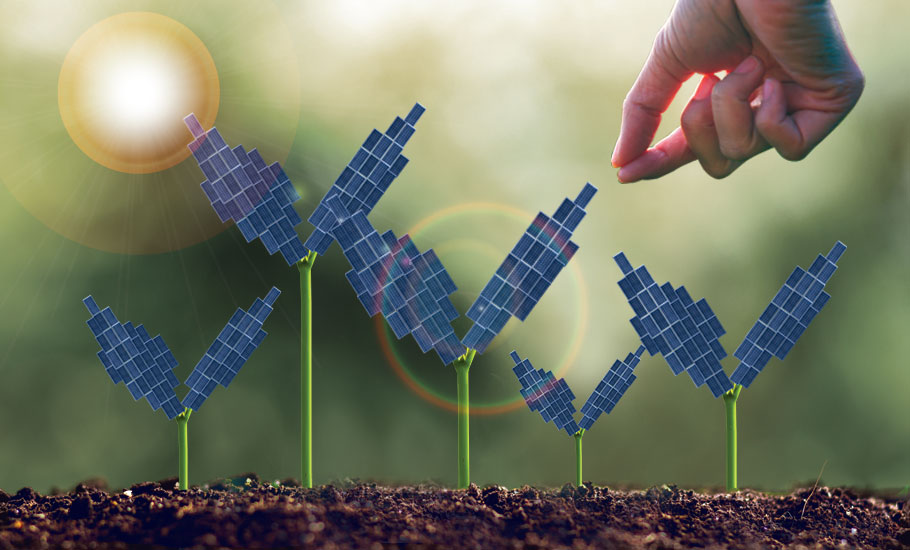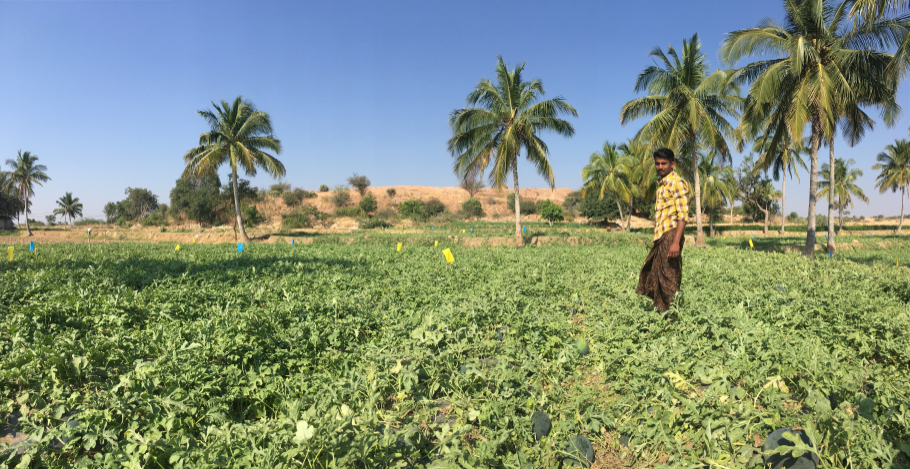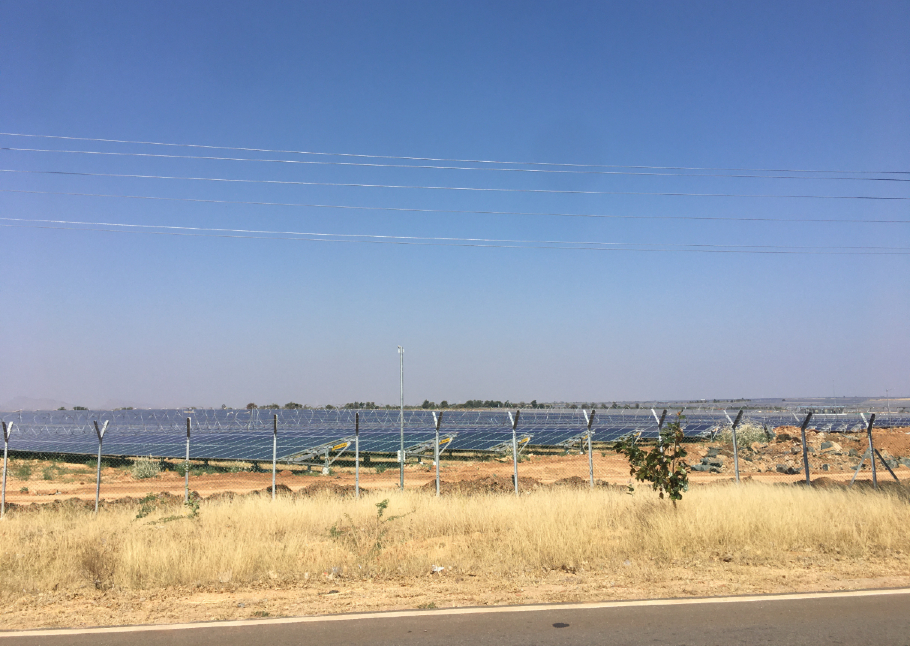
- Home
- India
- World
- Premium
- THE FEDERAL SPECIAL
- Analysis
- States
- Perspective
- Videos
- Sports
- Education
- Entertainment
- Elections
- Features
- Health
- Business
- Series
- In memoriam: Sheikh Mujibur Rahman
- Bishnoi's Men
- NEET TANGLE
- Economy Series
- Earth Day
- Kashmir’s Frozen Turbulence
- India@75
- The legend of Ramjanmabhoomi
- Liberalisation@30
- How to tame a dragon
- Celebrating biodiversity
- Farm Matters
- 50 days of solitude
- Bringing Migrants Home
- Budget 2020
- Jharkhand Votes
- The Federal Investigates
- The Federal Impact
- Vanishing Sand
- Gandhi @ 150
- Andhra Today
- Field report
- Operation Gulmarg
- Pandemic @1 Mn in India
- The Federal Year-End
- The Zero Year
- Science
- Brand studio
- Newsletter
- Elections 2024
- Events
- Home
- IndiaIndia
- World
- Analysis
- StatesStates
- PerspectivePerspective
- VideosVideos
- Sports
- Education
- Entertainment
- ElectionsElections
- Features
- Health
- BusinessBusiness
- Premium
- Loading...
Premium - Events

From coal to solar: How India's energy transition is caught in a fog
All the power generated by solar plants around afternoon is consumed immediately whereas the peak demand is for 5pm-7 pm.

A highway leading to Pavadaga—one of the most backward taluks in Karnataka—cuts through swaths of barren land where grass has turned brown on fields that were once fertile. A little away, thousands of blue-grey solar panels glimmer in the sun, as the temperature soars to 35 degrees Celsius in mid-February. These are not decentralised rooftop panels but expansive solar parks set up by...
A highway leading to Pavadaga—one of the most backward taluks in Karnataka—cuts through swaths of barren land where grass has turned brown on fields that were once fertile. A little away, thousands of blue-grey solar panels glimmer in the sun, as the temperature soars to 35 degrees Celsius in mid-February.
These are not decentralised rooftop panels but expansive solar parks set up by the Karnataka government, that is being fuelled by India’s need to pace renewable energy (RE) production to meet 40 per cent of the country’s 2030 power requirements and reduce its dependence on coal and fossil fuels.
For farmers who once cultivated vegetables in the rainfed region and became debt-ridden due to recurring droughts and crop losses, the Pavagada solar park is a saviour. Many leased out their land for the solar park just to earn a living.

S Akkalappa (80) and his family, who had 16 acres of land in Thirumani village in Pavagada, could not earn a penny out of it from farming. First, his children migrated to the city. Next, the 350-ft borewell ran dry around 2005. The groundwater got contaminated with fluoride then, at almost three times the permissible limit. Then, his age became a deterrent to continue farming. By then, he had a debt of ₹3 lakh.
Akkalappa’s wife says he wasn’t aware of farm insurance then and failed to repay moneylenders and banks. While the government waived part of his farm loan over the years, the rest continued to accumulate with money lenders who kept charging interest-on-interest until 2015. But that year, the government came out with the solar park proposal—to be built on farmers’ land taken on lease.
Akkalappa leased out his entire 16 acres for just ₹21,000 per acre a year, with 5% appreciation every two years, for a period of 28 years. With this, he could repay his debts in two years.
Several farmers followed suit. Even small farmers who had less than two acres started to pool in with others and lease chunk. Akkalappa’s grandson, Madhu TM says he too leased out his land.
“This region was rife with poverty and hunger. Many couldn’t afford two meals a day. Though the money contracted is less (₹21,000) for the current times, we get something out of nothing. And it helps,” says Madhu, adding that people in the village, both skilled and unskilled, started getting jobs in these power generating units.
A few farmers about 7 km away, however, still wish to continue farming by digging borewells as they see higher income potential in farms as compared to the solar park.
28-year-old Eshwarappa, cultivating watermelon in two acres, says he can earn up to ₹90,000 per acre in three months if the prices are good at the wholesale market. He grows multiple crops, such as onion, coriander and tomato for two seasons. But this comes with challenges. His family, he says, dug 14 borewells, ranging from 300–700 ft in 12 acres over the last 15 years. And yet, he wishes to continue farming.
Solar boost amid slowdown
The solar park, located about 180 km from Bengaluru, spans 13,000 acres across Nagalmadike, Balasamudra, Tirumani, Rayacharlu, and Kyataganacharlu villages in semi-arid Pavagada. It generates 2 gigawatts of power, enough to light 15 lakh rural households.
The Karnataka Solar Power Development Corporation Ltd (KSPDCL), a joint venture between the Solar Energy Corp. of India (SECI) and Karnataka Renewable Energy Development Ltd (KREDL) is developing this park. It acquires blocks of land, gets the required approvals for power generation and then auctions the land to solar power developers.
“If we are to expand RE (renewable energy) capacity in quick time, then we need to encourage power generating companies to invest in India by making the process hassle-free. Hence, we take care of land acquisition and the transmission, leaving the power generation in private hands,” says G Bhimsha, chief executive officer of KSPDCL. Long-term leasing agreements were introduced to bypass land acquisition hurdle.
Companies like Azure Power, SB Energy (SoftBank), Fortum, Tata Power Renewable Energy, and ReNew Power are involved in power generation. They, in turn, sell it to the different states governments as per the ‘power purchase agreement’. Adani Group is among the leading power generators in other parts of the country.
As of January 2020, India generates about 85GW of renewable energy (wind, solar, small hydro and bio-power), with half of it coming from four southern states, excluding Kerala. Gujarat and Maharashtra add another 20%.
Last year, India surged past Japan to become the third-biggest market for solar power, after China and the United States, thanks to low-cost solar panels and government incentives.
But the government has set an ambitious target to more than double the RE capacity to 175 GW by 2022. This includes 100 GW solar energy (three times the current level), 60 GW through wind energy, 10 GW through small hydropower and 5 GW through biomass-based power projects.
At a Climate Change Summit last year, Prime Minister Narendra Modi took it further and said India will focus on generating 450GW of renewable energy by 2030, which would amount to about 40% of overall energy production. This is more than India’s total installed electricity capacity of 362 GW from all sources.
Critics say this is an unachievable target, considering the slowing economy and drop in growth in the renewable energy sector.
As per data issued by the Central Electricity Authority, renewable energy generation grew at 5.7% in the seven months till October 2019, falling sharply from 28.5% in the year-ago period and 25% in 2018-19.
In the recent budget, Finance Minister Nirmala Sitharaman announced an allocation of ₹22,000 crore for the power and renewable energy sector in the Union Budget 2020-2021. She proposed to set up large solar power capacity along railway tracks.

Besides Pavagada in Karnataka, Bhadla (Rajasthan) and Anantapur (Andhra Pradesh) are hosts to over 2 gigawatt (GW) of solar parks.
The government has set a target of installing 40 GW of grid-connected rooftop solar capacity in the country, including Delhi and National Capital Region (NCR) by 2022. The rooftop-solar capacity is just about 6% of the overall solar power generation while the rest are managed by power companies.
Ashwini K Swain, executive director at the Centre for Energy, Environment and Resources, Delhi, says if this economic slowdown persists, it will pare down India’s energy transition plans. “The government might move down the clean energy target priorities if the economy does not revive,” he says.
On the other hand, lack of knowledge among consumers and the high investment requirement for individual owners deter the growth of roof-top solar projects unlike industrial ones.
“The high cost of roof-top solar power generation does not outweigh the economy of scale. Large ground-mounted solar projects are far cheaper, and with the thrust for industrial production which aim to sell, (this) will not encourage small owners,” Chandra Bhushan, India’s foremost climate change expert and CEO of International Forum for Environment, Sustainability and Technology (iFOREST).
From coal to renewable
India is largely dependent on coal for thermal power which accounts for nearly 63% of the overall power generation in the country. Renewable energy stands at just about 22%, with the target to double by 2030.
States like Chhattisgarh, Jharkhand, Odisha and Madhya Pradesh are heavily dependent on coal, employing a large number of people. Coal-rich states also rank low in social index and economists caution a slow but planned transition to renewable.
Delivering a speech at the 16th Darbari Seth Memorial Lecture in 2017, former chief economic advisor Arvind Subramanian argued that renewable energy is heavily subsidised, and when the cost is higher for coal, it is a double whammy for the government, which, he says, has to pick up stranded assets.
The over-expansion in thermal capacity, predominantly in private sector between 2007 and 2017, increased the stress of electricity distribution companies and the slowdown in the economy led to plummeting plant load factor, declining profitability, (resulting in) the spectre of a large amount of stranded assets in coal sector, he said.
“The current bids of renewables are not informative of the true cost because of subsidies and strategic behaviour of renewable producers. The social cost of coal should include the cost of stranding thermal and coal assets, the financial impact from the reconstitution of the public sector bank loans to power companies and reduced profitability from the coal industry.”
Solar energy tariffs in India are among the lowest in the world. According to data compiled by global consultant Wood Mackenzie, India’s levellized cost of electricity generation from fossil fuel stand at around ₹3.05 per unit while for solar power, it stands at ₹2.62 per unit. India’s low-cost solar power is followed by Australia at ₹3.62 per unit and China at ₹4.2 per unit. In terms of tariffs paid by consumers, India is the fourth cheapest after Malaysia, Vietnam and China.

But Bhushan, the climate change expert, strongly disagrees with Subramanian, who, according to him, values the economic proposition but not the environmental cost. Even as he feels that the 2022 RE projection is a bit too optimistic, he says, “The government support to the coal-based thermal sector with investment worth ₹2.5 lakh crore and with support system by laying railway lines for distribution is far more than the cost of subsidies in the renewable energy sector.”
Bhushan agrees that coal is here to stay for another two decades and that we need to do a planned transition. He cautions and cites the example of Jhumri Telaiya, a mica-rich region in Jharkhand in the 1960s that went from a prosperous town to a ghost town due to improper planning by the government by transitioning to other minerals.
Challenges in RE
An operational manager at SB Energy in Pavagada says one of the biggest challenges in the solar sector is, while the peak electricity demand is around 7pm in the evening, the solar power generation happens at noon. All the power that is generated are sent to grid and consumed immediately.
“There’s no storage mechanism for solar power and not much is invested in the research of it. We still depend on thermal for peak hours. And if we are to increase the production to meet 40% of the electricity demand overthrowing coal, then storage issues need to be addressed on priority,” the executive, who did wish to be named said.
But technological disruptions are quite subtle. Bhushan tells The Federal that the Solar Energy Corporation of India (SECI) just concluded the auction of one of the largest solar-plus-energy-storage tender, which had a pre-condition to deliver power during peak hours, to be supplied on a day-ahead, on-demand basis.
The tender was subscribed to generate 600 MW of power for six hours daily during peak demand time—from 5.30 am to 9.30 am, and from 5.30 pm to 12.30 am, he notes.
As the sun sets on the solar panels and casts a shadow on the barren lands, people like Madhu feel that a better pricing for their land and rights to grow fodder for animals beneath the solar panels would do some good to farmers.
“When rains fail, people resort to livestock rearing. And when the land is taken away for industrial purposes, the grazing activity is stopped too. We should be given the right to use that space for growing fodder so that it helps us in dairy farming,” Madhu says.
